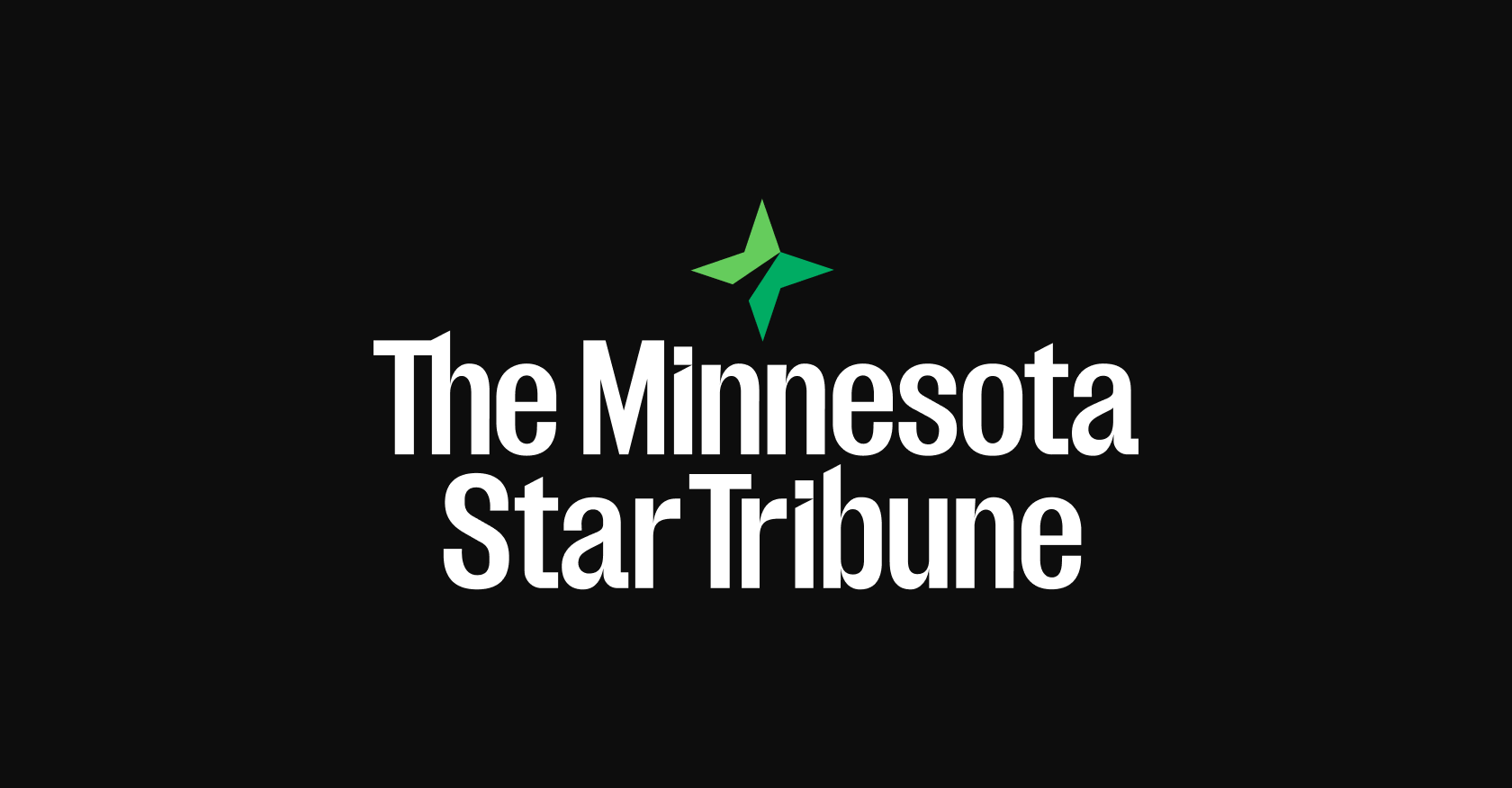The new financial year has started from April 1 and it is time to gather all your investment proofs for filing the income tax return for the previous financial year. Submission of important documents and investment proofs to claim deductions depends on the income tax regime you choose. Currently, the new tax regime is the default regime for taxpayers.
The taxpayers need to clearly mention the tax regime while filing the ITR for FY25 (AY 2025–26). Though the new tax regime is the default regime, the taxpayers have the option to switch to the old regime.Often, people forget to choose the tax regime most beneficial for them and want to change it at a later date.

The good news is that the Income Tax Department allows taxpayers to switch between old and new tax regimes. Choosing the right tax regime should be based on your tax-saving investments and the deductions you want to claim under various sections of the Income Tax Act, 1961.The old tax regime provides several deductions and exemptions but higher tax rates.
The new tax regime offers liberal tax rates and flexible tax slabs with limited deductions.Both tax regimes have different benefits and limitations. If you are confused about which tax regime to choose for assessment year 2025–26 and whether you can change your previously selected tax regime, here are the key details to know:How Many Times Can One Switch Tax Regimes?Individuals with non-business income or salaried taxpayers can switch their tax regime every year, according to the Income Tax Department.
Salaried employees are asked to choose their income tax regime at the start of every financial year by their employer and their tax-deduction-at-source calculations are done accordingly. If they fail to do so, the tax will be deducted as per the new tax regime that became the default regime from FY 2023–24.A switch between the tax regimes is possible only if the taxpayers submit the required documents before the due date of filing.
Once the shift is made, it cannot be changed back, according to the Income Tax Department.Building Rs 20-Lakh Corpus In Three Years: Here's How To Plan Your InvestmentHow To Switch Tax Regimes?For people with income from business who want to change their tax regime, "the assessee would be required to furnish Form 10-IEA on or before the due date u/s 139(1) for furnishing the return of income. Also, for the purpose of withdrawal of such an option, i.
e., opting out of the old tax regime shall also be done by way of furnishing Form No.10-IEA", as per the Income Tax Department.
If the form is not submitted on time, the person will be taxed according to the regime they had opted for previously.For salaried employees, the regime can be changed at the time of filing ITR when asked to "exercise the option u/s 115BAC (6) of opting out of the new regime". By choosing 'yes', you can shift from the new to the old tax regime.
On the other hand, if you have chosen the old tax regime for AY 2025–26 and want to switch, you can choose 'no' and make a transition.Income Tax Return: Who Needs To File ITR In India?. Read more on Personal Finance by NDTV Profit.
.
Business

ITR Filing: When Can You Switch Between Old And New Income Tax Regimes?

The old tax regime provides several deductions and exemptions but higher tax rates, while the new tax regime offers liberal tax rates and flexible tax slabs with limited deductions.















